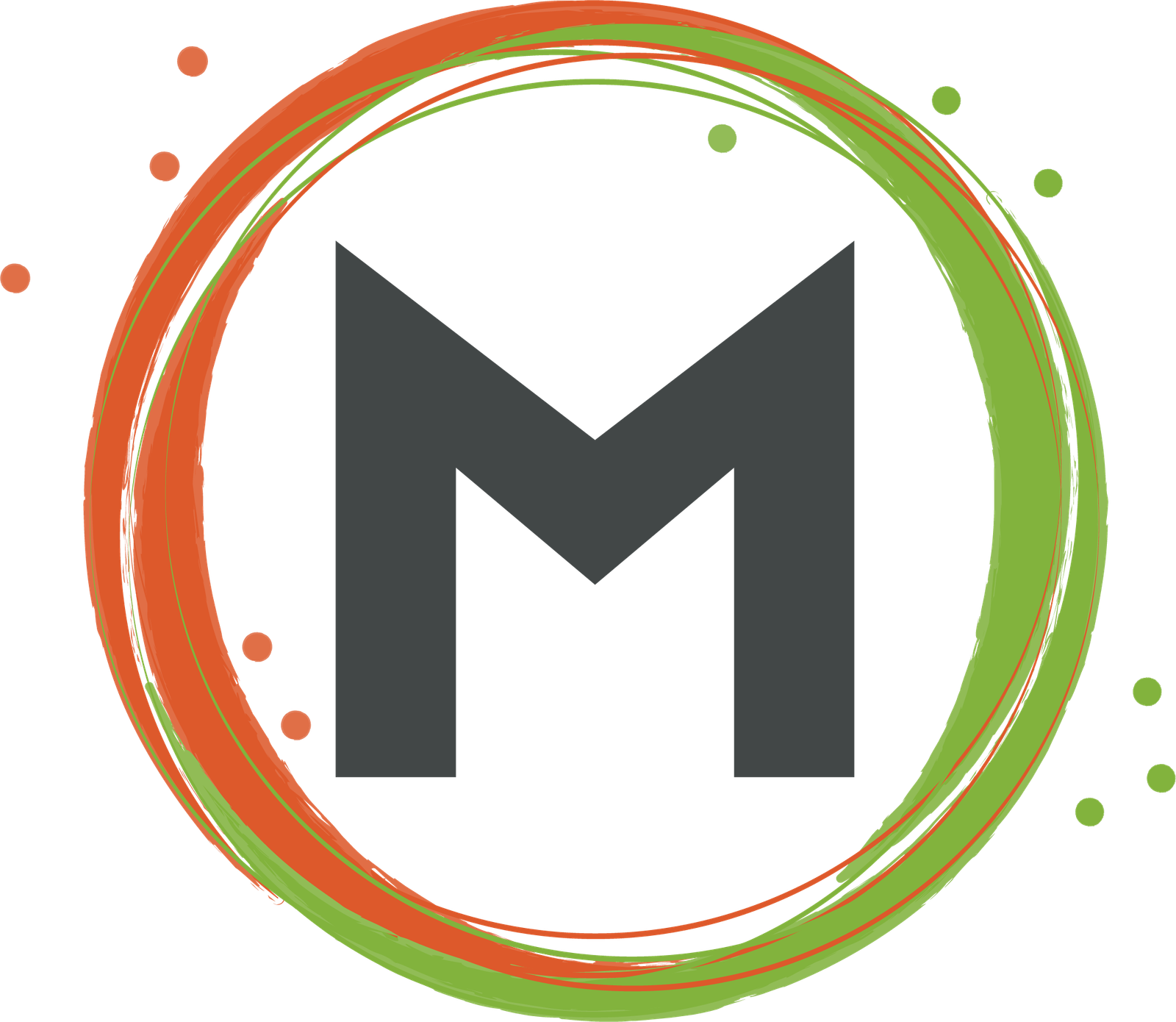Do you have a situation where you want a copy of an old family photo, but a certain relative doesn’t want it to leave their possession, and you don’t have a scanner? If you have a smartphone, put it to work. The techniques offered below will even work with cameras.
While I may use the term “scanning”, you won’t actually be scanning because you need a scanner for that. However, when you’re looking for an app for an iPhone or Android to capture those photos, some will include the term scan, even if it’s for documents.
Here is some information on how to get the best photos you can with some techniques I’ll share with you. Then, I’ll follow-up with a great little app I recently discovered.
Techniques
In this article I’m using a photo I took years ago. It’s slightly faded, bent and curved. So, what techniques did I use to “scan” this photo?
1. Choose a solid colored background, like white or black. It’s less distracting and if it’s a photo that needs to extra touch-up ten it’s easier to work with.
2. Natural light is best. You get good lighting and less shadows on the photo.
3. Avoid shadows and overhead light. Experiment with places around the house, or even just rotating you and the photo around so that a shadow or light from a light-bulb is not being cast on the photo, such as the one below.

4. Try to level your phone as much as possible. While skewed photos can pretty much be fixed, why have the extra work done when it could be avoided?

5. Move in as close as possible to the photo without zooming in on the photo. This is using the optical zoom. Enlarging the “zoomed” area also enlarges the pixels and reduces the image resolution and the image quality. When using the zoom feature you are using the digital zoom.
6. After capturing the photo, then you can use your chosen app to crop and make color changes.
Alternatives to the Smartphone’s Camera app
So, why use some other camera app? After a client sent me some photos recently that she wanted touched up and printed for her, I first noticed the size was not large enough to print. So, I did some testing using my iPhone 8 as this client has an iPhone. The first photo displayed is using the camera app that is installed on the phone.

To test a theory, I installed an app called Tadaa and it’s available on iPhones. The Android version is Tadaa SLR; if Tadaa doesn’t work for your Android, then I would suggest Pixlr. However, since I’m an iPhone user, the information will only be shown from an iPhone.


See the difference? Even though it’s the same camera hardware, using an app such Tadaa or Pixlr, increases the size and resolution of the photo.
Both Tadaa & Pixlr have basically the same features, and Pixlr’s quality is far better, Tadaa is a little easier to use. The free version of Pixlr has a lot of ads, so if you can handle that, then I say go for it. But, if you’re tech-challenged then stick with Tadaa. And with anything that’s free, there’s going to be limitations on what you can do with the app.
Tip
When searching for a camera app to capture photos, be sure it’s not for documents. They will save as a PDF and you do not want that for photos.


